Since its pilot launch in September 2022, Dinkytown Alerts has informed students and community members about crimes within Dinkytown.
The program is a collaboration between the University of Minnesota’s Department of Public Safety (DPS) and the City of Minneapolis to inform University students and Dinkytown community members of crimes near campus, according to the DPS website. However, University students said many crimes reported in the alerts lack substantial information or come too late, while others are not reported through the alerts at all.
The alerts encompass the area east of Interstate 35W, south of 8th Street SE and northwest of the East Bank campus, according to the DPS website. Students can opt-in to receive alerts through their MyU account, though alerts are only sent when the University’s police department (UMPD) receives verified information from the Minneapolis Police Department (MPD).
Dinkytown is under the legal jurisdiction of MPD, according to UMPD spokesperson Jake Ricker. MPD informs UMPD of certain crimes as a courtesy, but they are not required to do so and UMPD is not informed of all crimes.
The Minnesota Daily contacted MPD spokesperson Garrett Parten for an interview but did not receive a response before publishing.
Luke Wittner, Interfraternity Council (IFC) executive vice president, said the alerts are a good idea but could be executed better.
Wittner, who uses apps like X, formerly known as Twitter, and Citizen to hear about crimes on campus, said there are times Citizen will notify him about a crime in Dinkytown, but he will not receive a Dinkytown Alert.
“I feel like I have to pick and choose my resources to actually put something together of what I’m looking out for,” Wittner said.
Wittner said the information he gets on the alternative apps is much more thorough and timely, including information about criminals’ appearance.
“‘Male in a black hoodie’ okay, that could be 400 different people out there tonight, like, narrow it down a little bit for me,” Wittner said.
IFC President Max Tuzinski-Dashe said timeliness and accuracy are most important in the effectiveness of Dinkytown Alerts. He added he would like to see more commitment to following up on those alerts.
Crimes considered for Dinkytown Alerts include robbery, aggravated assault, sexual assault, kidnapping, homicide and an active shooter, according to the DPS website. Significant explosions and incidents requiring hazmat suits are also considered.
Ricker said the program will be unaffected by the mutual aid agreement reached in March, which allows UMPD to respond to 911 calls in Dinkytown since it is still under MPD’s jurisdiction.
For an alert to be issued, the information has to be verified by an agency like UMPD or MPD, Ricker said. This means information verified by UMPD can also be considered for an alert, which may be more likely with the mutual aid expansion.
“Really what defines a Dinkytown Alert is a little bit (of) geography,” Ricker said. “It played out that mutual aid just expanded into an area that it didn’t exist in fall 2022.”
Dinkytown alerts are separate from SAFE-U Alerts, which inform University students of crime on or immediately adjacent to the University campus, according to the DPS website.
Unlike SAFE-U Alerts, which students are automatically enrolled in, those interested in receiving Dinkytown notifications must opt-in.
The IFC held a safety meeting during the spring semester of this year with representatives from different University chapters, presenting information about the alerts and how to sign up for them, according to Tuzinski-Dashe. He said the alerts should be more well-known to students.
Ricker said the University tries to get the word out about the program through safety reminders at the start of the fall semester, the end of the spring semester and sometimes the end of winter break. The University also utilizes social media to spread the word.
Ricker said he encourages students who live or spend time in the Dinkytown neighborhood to opt-in to the program.



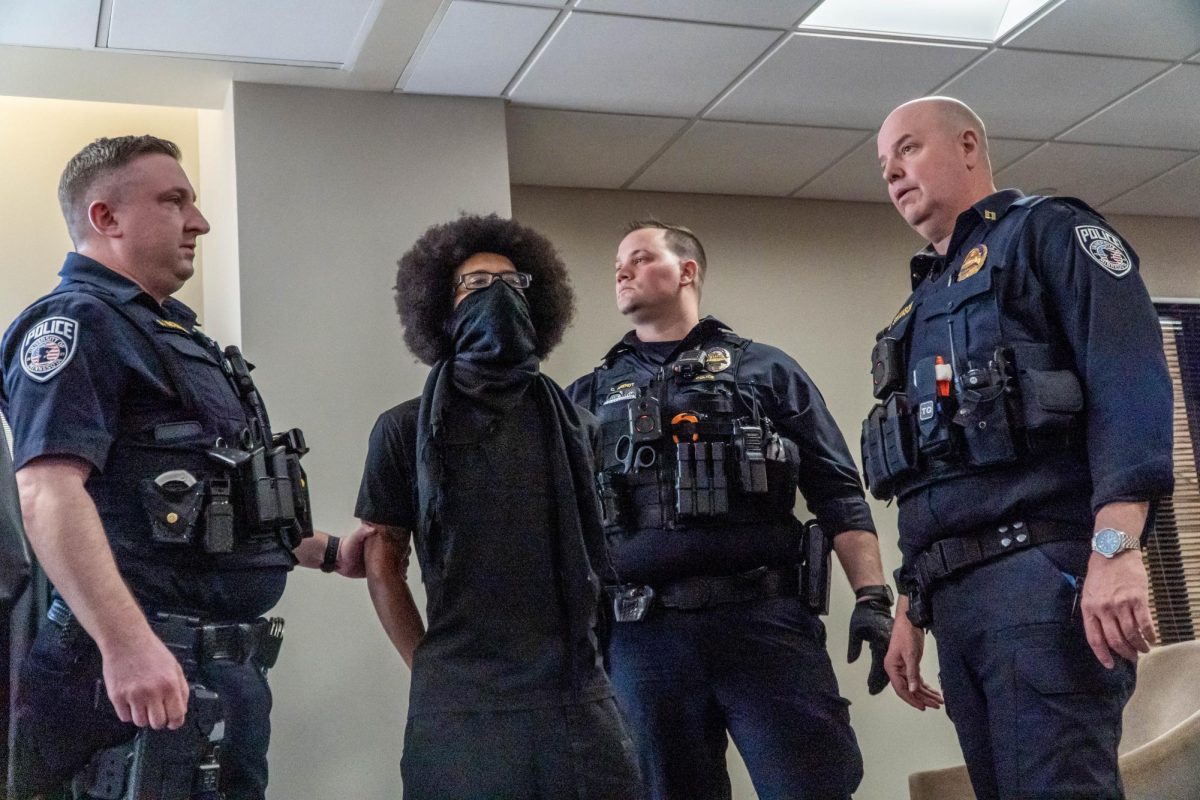
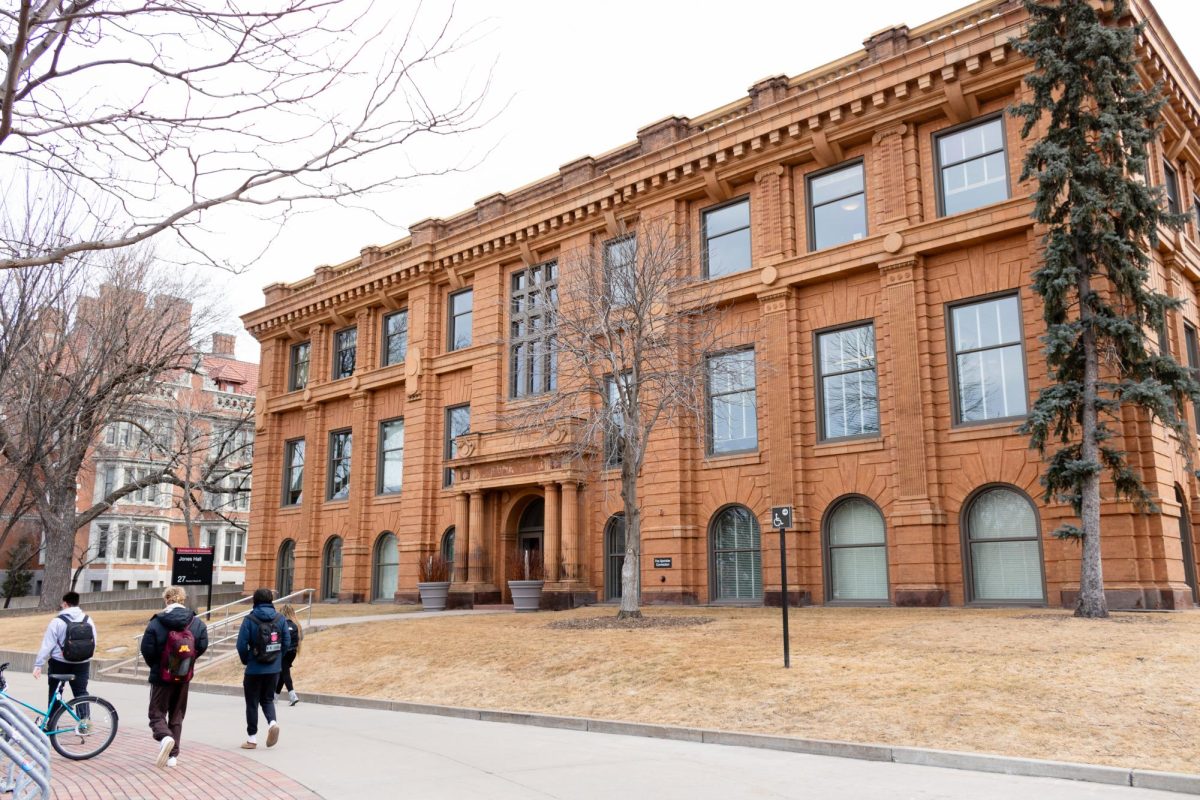

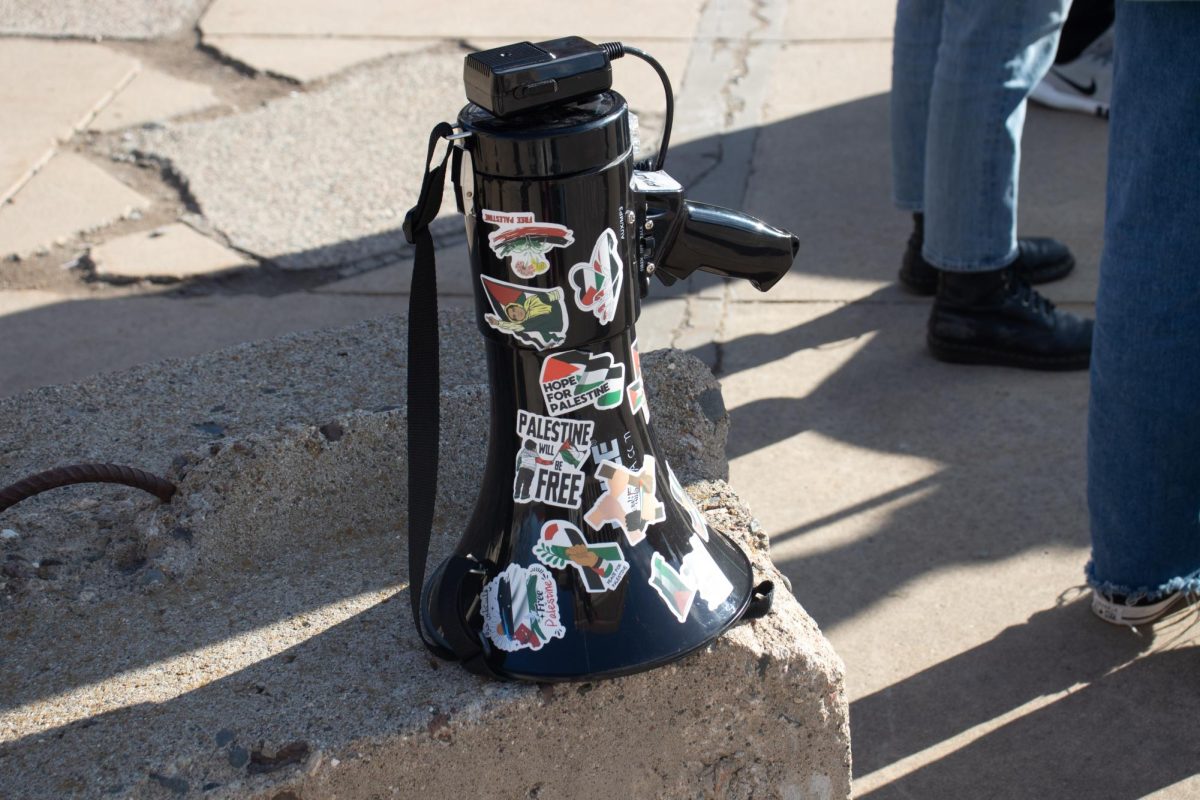
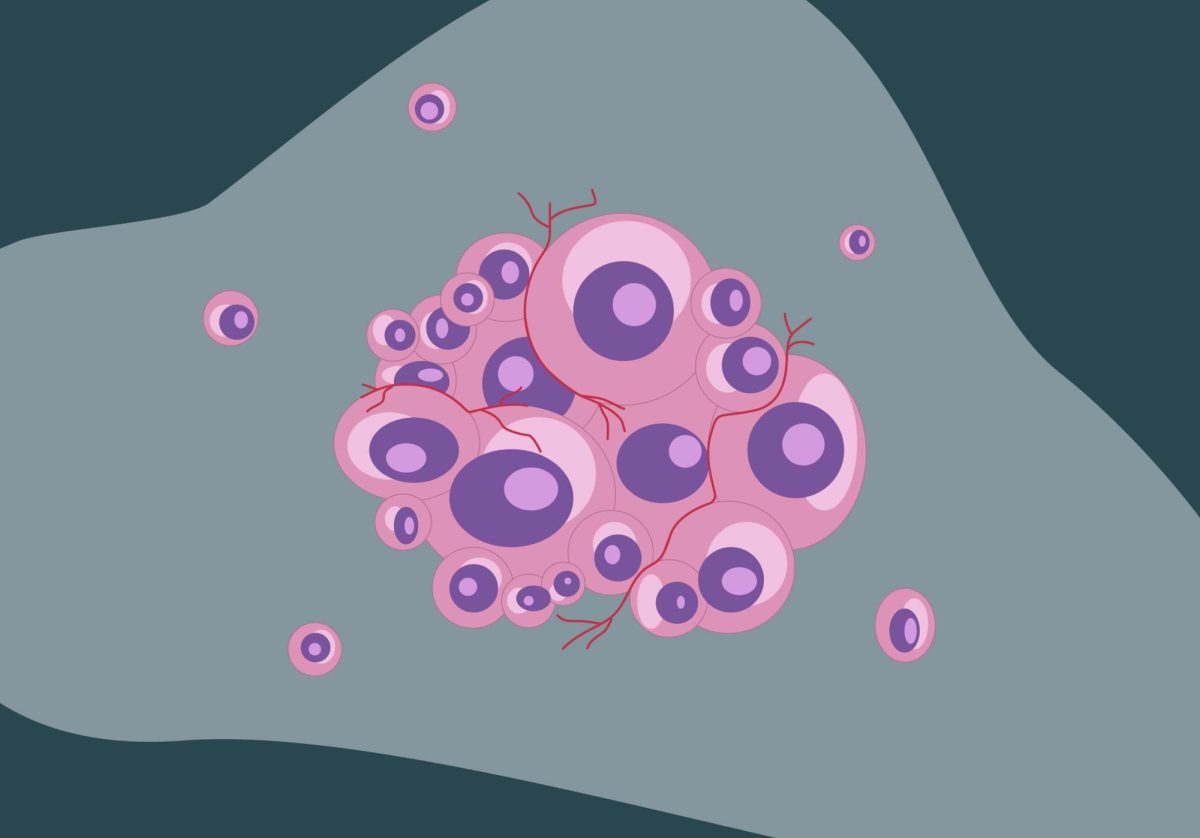
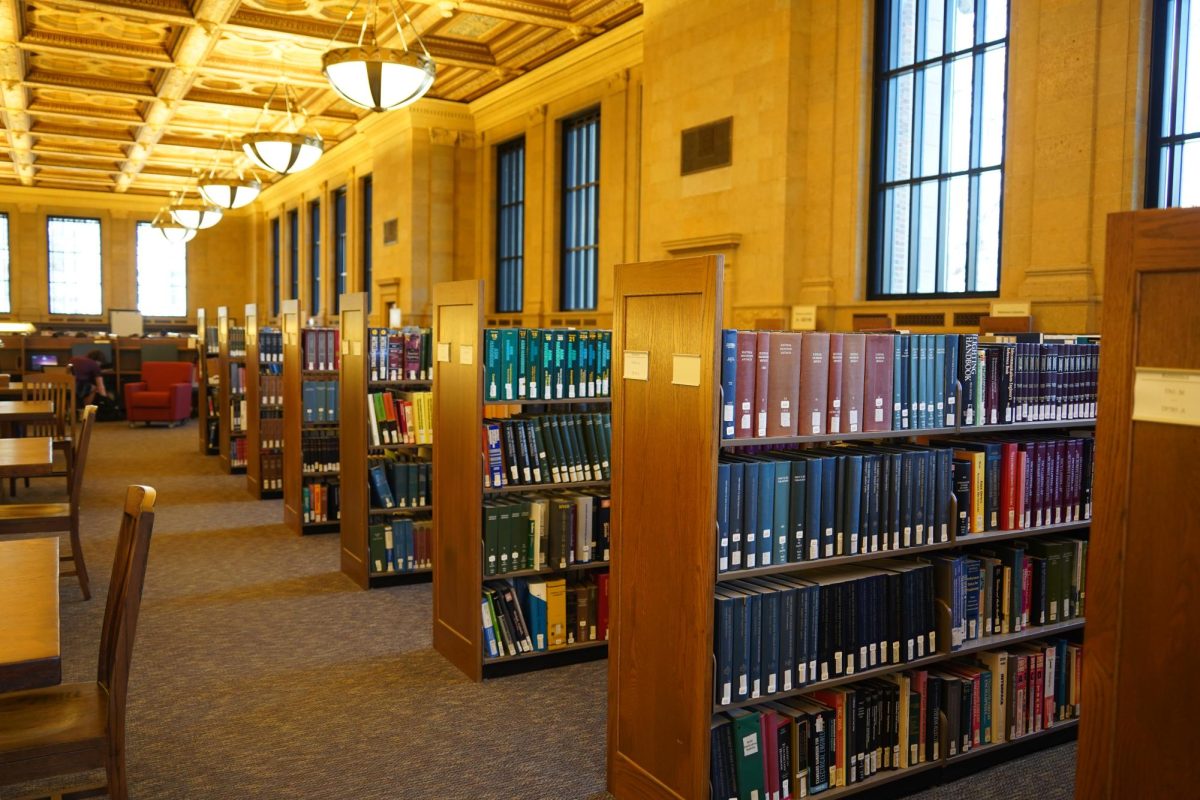
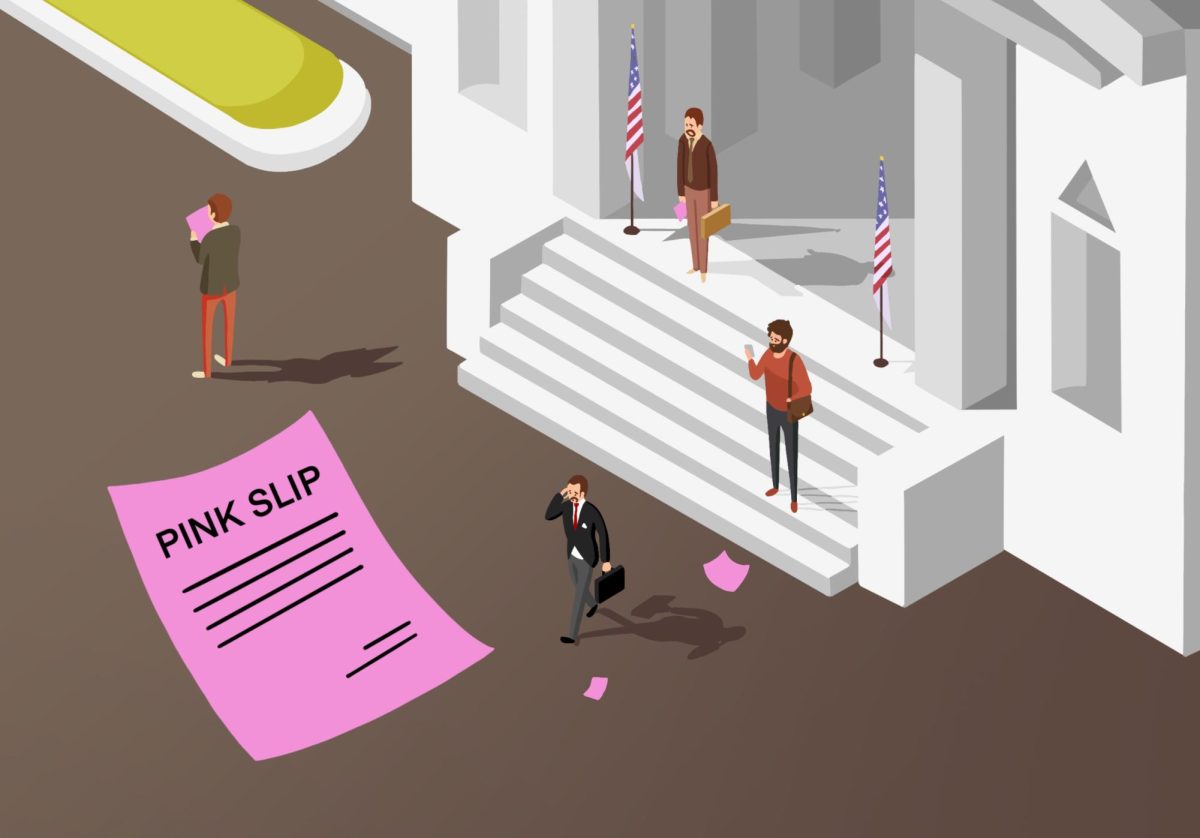

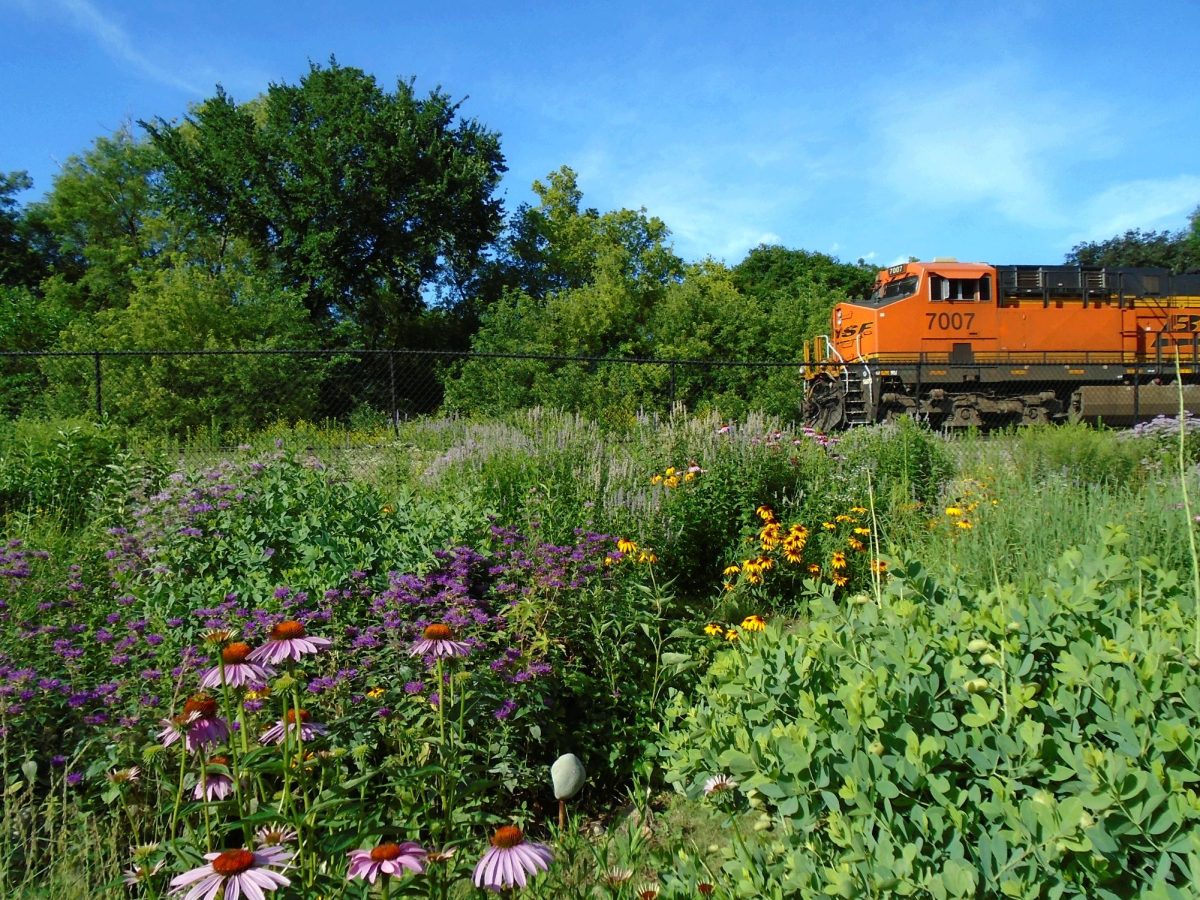
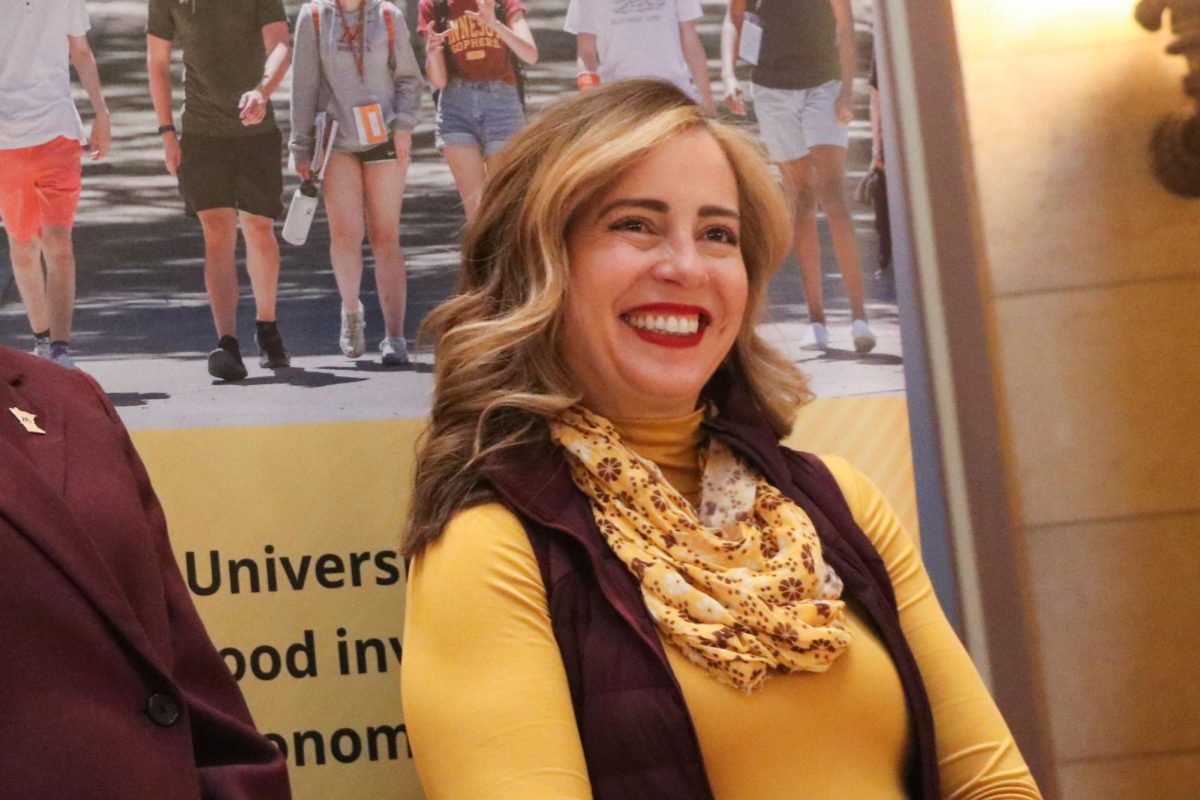


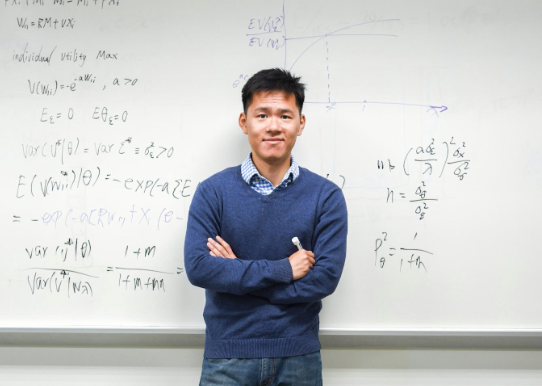

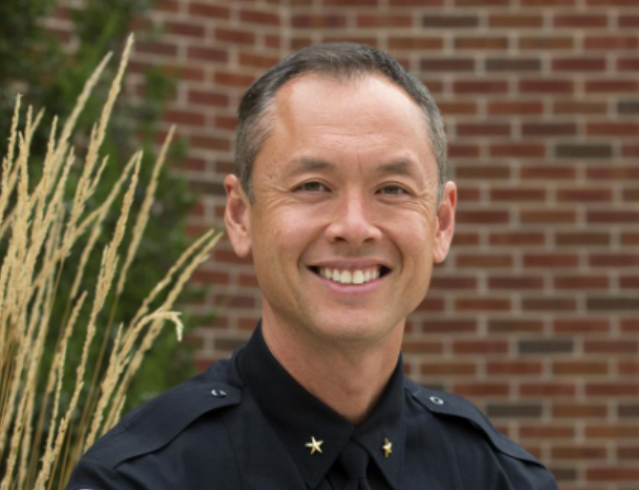
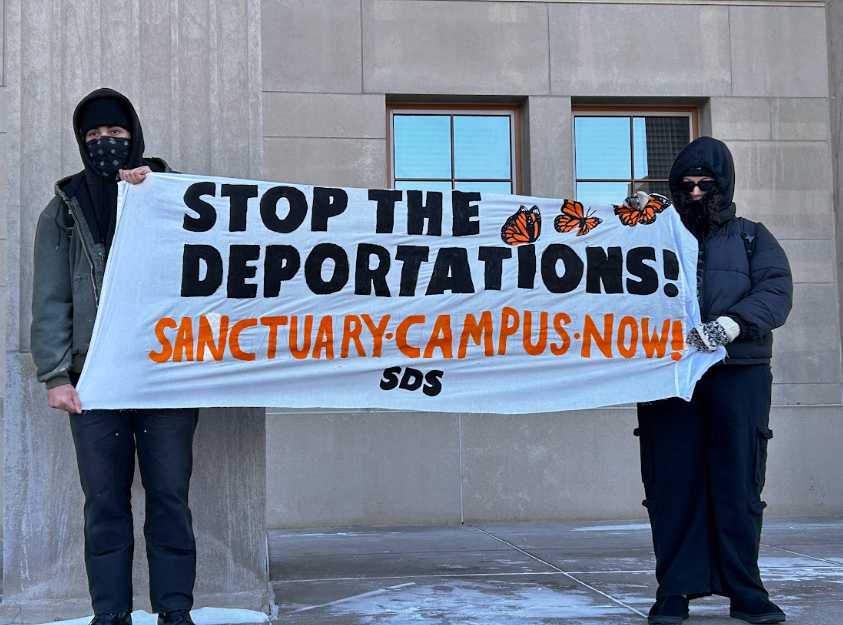
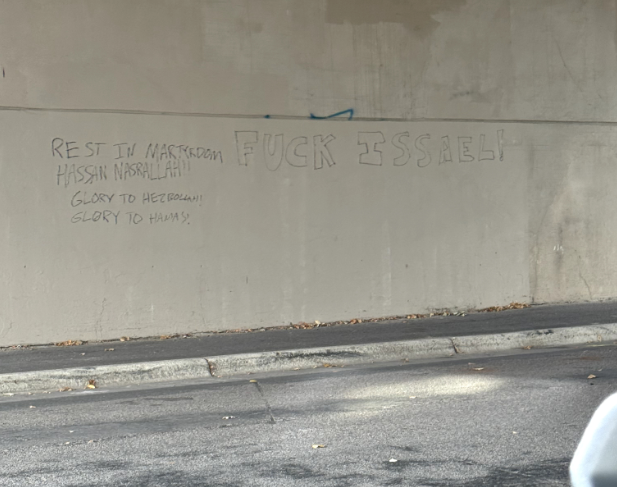
Nate Wilson
Jul 16, 2024 at 12:24 pm
As it’s already politically incorrect to mention the race of an alleged perpetrator, it’s surprising there’s an allowance to assume their gender. (Is this a lawsuit waiting to happen?)